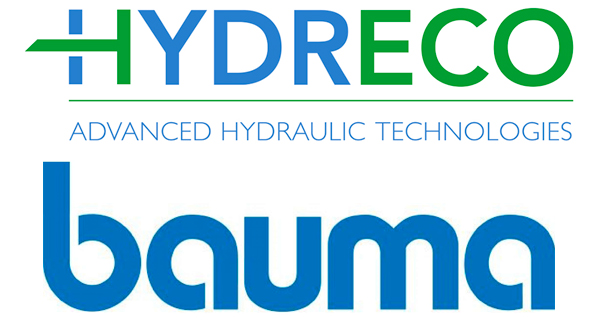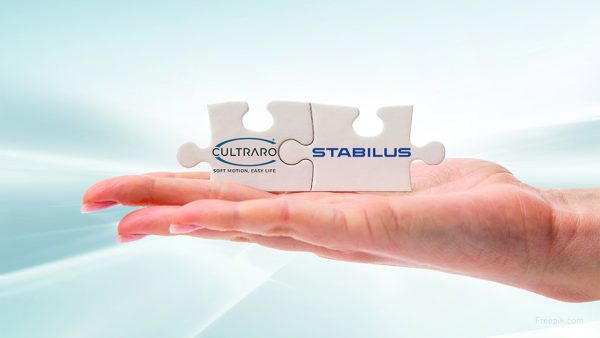Boosting Productivity with Digitalization
By Kim Harper-Gage, Chief Operating Officer North America, Festo
 The good news: productivity in the U.S. manufacturing sector is up. The bad news: the rise is slight and not across the board. According to the U.S. Bureau of Labor Statistics, productivity growth averaged 3.3% annually from 1987 to 2007. From 2007 to 2019, it rose a total of 0.2% and 0.3% in 2020.
The good news: productivity in the U.S. manufacturing sector is up. The bad news: the rise is slight and not across the board. According to the U.S. Bureau of Labor Statistics, productivity growth averaged 3.3% annually from 1987 to 2007. From 2007 to 2019, it rose a total of 0.2% and 0.3% in 2020.
The COVID-19 pandemic set society back in terms of lost labor, productivity, and business progress. The pandemic has made finding skilled labor increasingly difficult, and interest in automation to offset labor issues and ensure production skyrocketed.
There are multiple other causes of slowing productivity, including market-specific issues, weather, resources, supply chains, international competition, government regulation, and
fiscal policy.
If automated systems are already highly productive, how can they be made more so in the face of the difficulty finding skilled workers and other issues facing manufacturing? One way is the digitalization of information. Digitalization is the automated conversion of data resident in equipment and processes onto digital platforms that enable operators or teams to improve output. In other words, team members have at their fingertips minute-by-minute data that has been transformed into information that can improve performance.
Festo’s Regional Service Center in Mason, Ohio, for example, relies on one of the most advanced high-speed automated storage retrieval systems (ASRS) available anywhere in the world. As a logistics source, ASRS moves products to the shipping department for dispatch to Festo customers in Mexico, the U.S., and Canada. ASRS also feeds into and out of the Festo customer solutions operation in Mason for the assembly of custom products.
Teams at the Mason service center have minute-by-minute actionable information to guard against unplanned shutdowns that would be catastrophic to productivity. The information allows employees to make subtle changes to accommodate supply-chain challenges. Digitalization of data into information has transformed the Mason workspace and made it more productive.
Digitalization places productivity in the hands of the employees who manage the process so they can make the best decisions and react to situational changes. Digital transformation has helped Mason improve lead time performance and accuracy.
Digital transformation and customers
The Mason ASRS is an example of internal productivity improvement through digital transformation. What about improvements upstream to suppliers and downstream to customers? One example of digitalization downstream to customers involves providing design engineers with the information that brings their products to market faster.
Festo’s online productivity tool FluidDraw, for example, enables the creation of pneumatic and electrical circuit diagrams, making it easier to plan complete systems and integrate custom components. Users access the Festo catalog and their own imported databases to create assembly drawings. Multiple axis handling
systems are some of the most time-consuming to design, order, assemble, and install. Festo’s Handling Guide Online productivity tool allows design engineers to specify a multiaxis system using process parameters such as length, load, torque, and speed in under 30 minutes. Axes arrive as quick-to-assemble kits or as ready-to-install assemblies. The point is that the tool goes beyond design to make assembly faster and less costly in terms of labor.
FluidDraw and Handling Guide Online are two of many Festo software productivity tools that provide users with support in design, delivery, assembly, and commissioning. These digital transformative tools and many others empower customers to become more productive.
One method of starting a digital transformation process is to select a machine or process vital to productivity that can serve as a test case. Most already have human-machine interfaces, which are the beginning of digitalization. Work with internal teams and suppliers to add to or upgrade what is already there, and look for ways of connecting to teams on various digital platforms. Train the team. Community colleges are an important source of upgrading knowledge. Emphasize how the team’s work relates to customer satisfaction. Seek productivity improvements. Gradually build out from the core to a line and then to more of the facility. Stretch to include suppliers and customers.
This effort will pivot manufacturing in the direction it needs to go: a diversified workforce capable of handling advanced technologies. As manufacturers look for robotic and hard-automation solutions to help drive factory and warehouse productivity, they must also bring their teams along through training and education.
It is too simple to say that automation replaces labor and head count. Automation instead evolves the workforce. Festo’s Mason facility, for example, has in the last six months promoted many people who started off engaged in manual duties. These team members now operate highly
automated equipment.
For industry at large, digital transformation changes organizational culture and draws new candidates to the productive organization. It also drives greater prosperity through increasing productivity.







